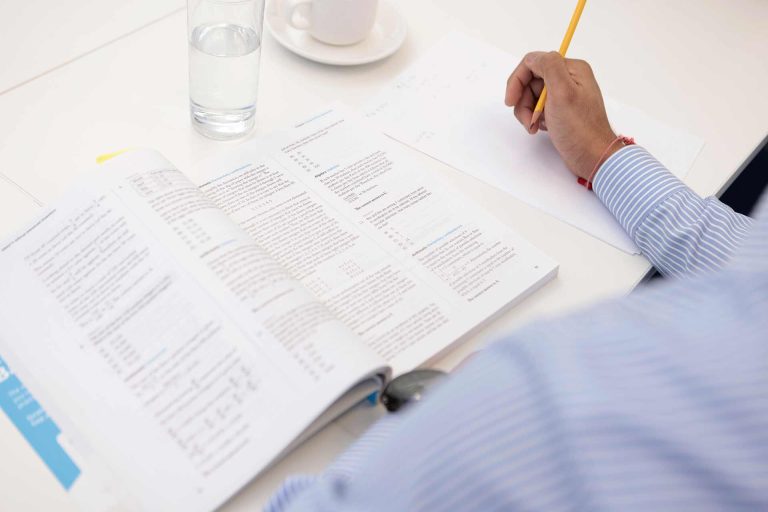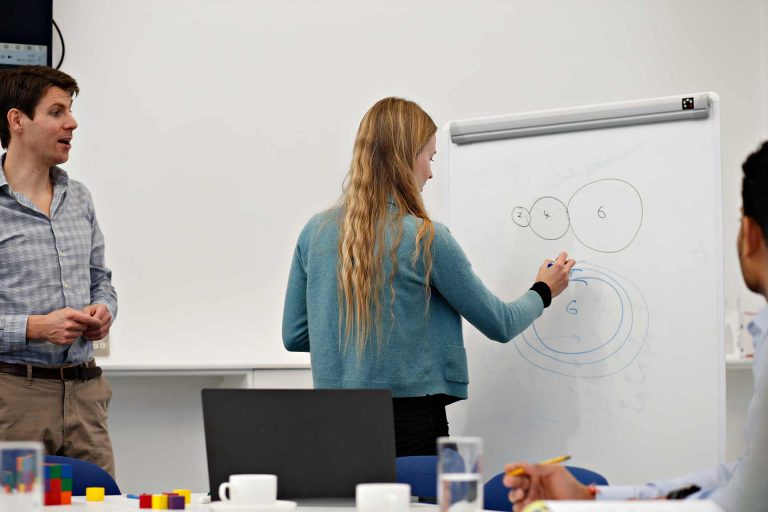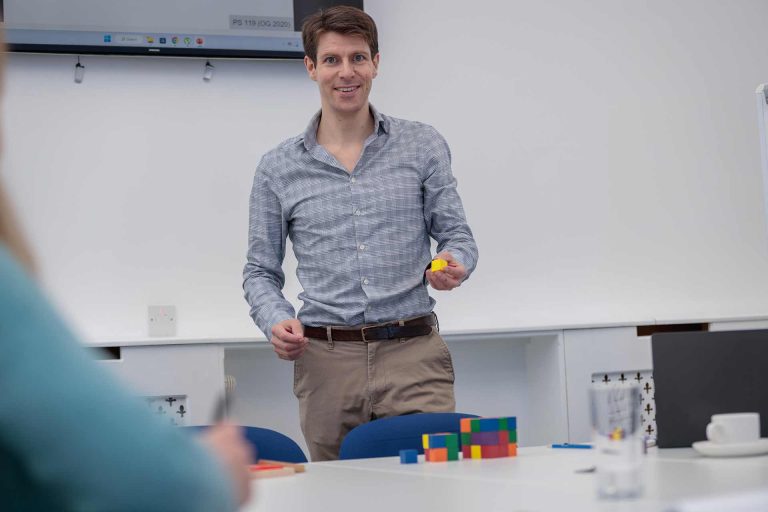Rocket Robert approaches the GMAT in the same way that he approaches his gym workouts: lifting heavy weights and taking his body to the limit. He believes that the best way to tackle the test is head-on. He always does problems with a stopwatch running to simulate test-conditions and he believes in doing as many problems as possible. He’s already finished the Official Guide and is most of the way through the 6 GMAT Prep practice tests. The only problem is that his scores aren’t improving, even after 6 months of intensive study. In contrast, Timid Tina keeps putting off her first practice test. She so wants to do things right that she’s slowly working her way through the Official Guide, one problem at a time. Before that, she did a refresher Math course and spent a long time reading up about the GMAT. She hopes that she’s on track, but the longer she waits, the more nervous she becomes of taking that dreaded first practice test. There always seems something more to learn!
I’ve met plenty of Roberts and Tinas in my teaching career and they’ve both got something to offer. Yes, it’s great to experience the pressure of doing problems with a stopwatch ticking. And, yes, it’s great to go into detail and figure out things in depth. But what holds these students back is that they are stuck in a single mode of studying. For that reason, I advocate a model of studying (inspired by Daniel Kahneman) that I call GMAT study, fast and slow.
Fast study
Do problems under exam conditions. I can’t say this strongly enough: to prepare for the GMAT you need to have that simulated experience of seeing a clock tick away as you struggle to answer problems. Of course, it’s going to be uncomfortable! You’ll make a bunch of mistakes, you’ll panic, you’ll have moments of disappointment, but take heart that the experience itself is a useful one.
Perhaps the most striking illustration of this is the occasional student I meet who is extremely resistant to taking a first practice test. I’ve had that when teaching courses: one student will keep putting off taking that first test – usually out of a mixture of fear of failure, or the misguided idea that ‘first I need to learn all the content’ – and then, when they finally get round to it (after a few weeks of nagging from their tutor), they’ll exclaim “Oh, so that’s what the GMAT is really like!” Sadly, they had been studying without really knowing what they were studying for because they didn’t have an experience of the test.
There’s a strong emotional element here: doing a practice test (especially a first one) is humbling. At the end of the test, you’re confronted with a score that is usually lower that hoped for. And that’s only if you finish the whole test. I’ve seen many students get so frustrated that they don’t get to the end of their practice test. That’s okay! They might need a bunch of reassurance from a coach to help them deal with this (perfectly natural) reaction. It takes a kind of bravery, recklessness even, to deliberately put yourself in that uncomfortable position.
A resourceful student can refine the importance of that experience by taking more practice tests, and timed sets of problems throughout their studies. Hopefully the student will get used to the experience, will accept that the aim is to do their best by making a bunch of tough decisions rather than to get every problem correct. Get used to the state of heightened awareness that most of us have when we’re under pressure – you’ll never feel totally calm and comfortable in a GMAT exam, but you can still operate effectively.
Slow study
At its heart, the GMAT is a test of logical thinking. It’s a very well-designed exam and not the kind of test that you can bluff or memorise or trick your way to success. To succeed on the GMAT you need to think, both in the exam itself and in your preparation. That’s where slow study comes in. After doing a practice test or set of timed problems (fast study), turn off the clock and review your problems like a detective. Again, this kind of study seems to come more easily to some students than others (hence the role of classes, coaches, and other collaboration). I often provide students with a checklist of questions, including:
- What did I do during the test on this problem? For example, did I guess, write stuff down, apply a strategy, etc.
- What could I do better? Did I miss out on the opportunity to apply a certain strategy? Should I have guessed sooner or even just quit the problem?
- What different approaches work for this problem? Which one is best and why? What clues does the problem give me?
- What am I going to do differently next time?
Clearly, this kind of in-depth study takes time. My estimation is that reviewing a practice test takes at least twice as long as doing the test itself, and even that will probably not be enough time to review all the problems. Prioritise and pick out, say, 10 problems from each of the quant and verbal sections for detailed review. The best problems to pick are probably those which you almost got right or almost got wrong. It’s worth emphasising that you can learn a lot from reviewing problems that you got right, refining your strategies to make them faster and safer.
How to balance these two modes is not always easy. One of the roles that I, as a GMAT coach, have is to help my students find an effective mix and to develop a mindset that leads to efficient learning.
Check out: ‘How to Review a GMAT practice test’








